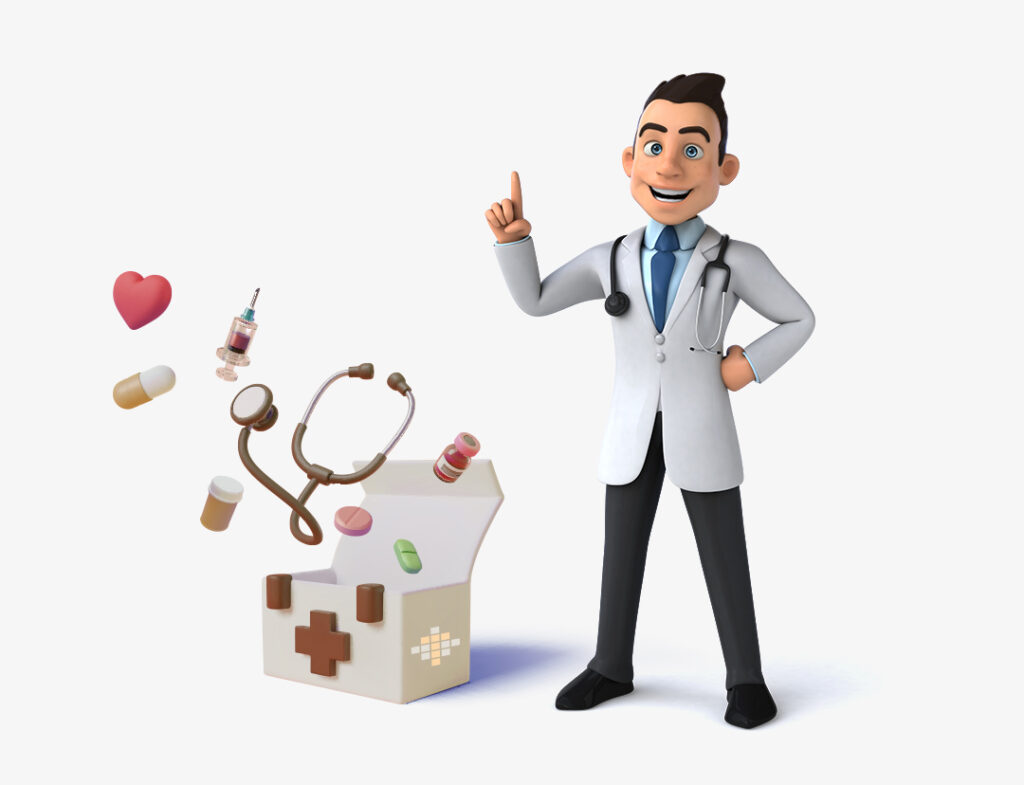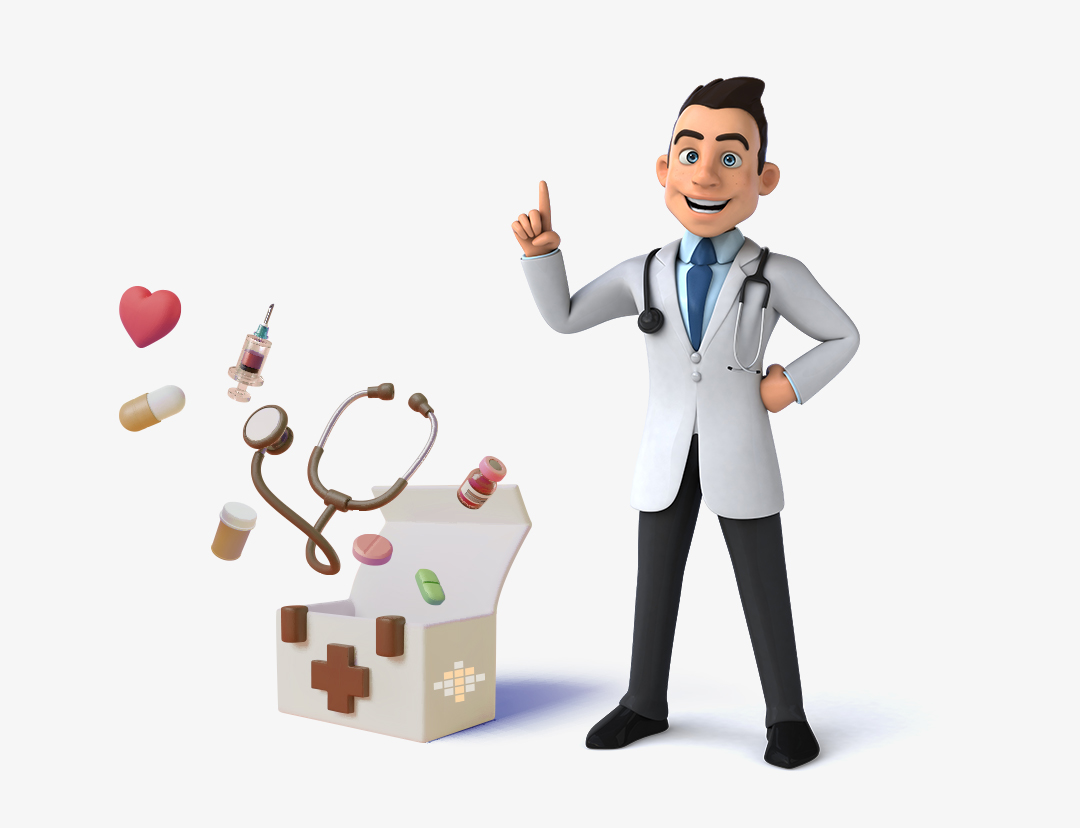What Is Medical Insurance and Its Types?
In our modern world, access to comprehensive health insurance is not just a luxury, but a necessity. The medical environment includes many lifestyle services with meat mustaches that forget that people and families are satisfied with their desire to be physically healthy without losing weight. This article focuses on different attention, importance, nature, and more. health insurance The growing landscape goal includes the implementation of difficult conditions and frequent access to satisfactory medical services

The importance of comprehensive Medical Coverage
Broad scientific boundaries are the basis of a well-functioning healthcare system that protects against the impossibility of predicting health-related costs by providing timely human care without overestimation, as well as facilitating training by responding to early diagnosis and fitness issues. results and reduction of long-term health costs. Access to a wide range of scientific environments is not primarily financial protection; Ensure that people’s health and well-being are given priority through active health monitoring.
Types of Medical Insurance
Private Health Insurance
- Employer-Sponsored Plans: Many individuals gain scientific insurance through agency-backed health insurance, in which employers normally make contributions a part of the premium costs, making it a fee-powerful option for personnel.
- Individual Plans: For the ones without get right of entry to to employer-subsidized coverage, character health insurance plans are available in the non-public marketplace, offering various ranges of insurance primarily based on top rate charges, deductibles, and network barriers.
- Supplemental Plans: Some people opt for supplemental insurance plans to fill gaps in their number one coverage, which includes dental, imaginative and prescient, or specific sickness-related rules.
Government-Sponsored Programs
- Medicare: A federal health insurance application mostly for people elderly sixty-five and older, masking clinic stays, clinical offerings, and prescription drugs. It also gives insurance to individuals with certain disabilities
- Medicaid: A joint federal and kingdom application that provides health coverage to low-income people and households, imparting vital clinical services, which include preventive care, health center visits, and long-time period care services.
- Affordable Care Act (ACA) Marketplace: The ACA installed online marketplaces in which people and families should purchase medical health insurance plans, often with subsidies based on earnings ranges, to make coverage lower priced for those who do not have entry to organization-subsidized insurance or authorities applications.
- Highlights: The availability of various clinical insurance options, including non-public health insurance and authorities-sponsored packages, guarantees that individuals can find insurance tailored to their specific desires, options, and monetary situations.
Challenges in Accessing Medical Coverage
Despite the life of various medical coverage alternatives, numerous demanding situations preclude equitable access to healthcare:
- Affordability: Rising healthcare fees and insurance premiums make insurance unaffordable for plenty of individuals and families, in particular those with low earnings or constrained financial assets, main to disparities in getting the right of entry to to care.
- Coverage Gaps: Even with insurance, individuals may additionally encounter gaps in insurance or face excessive out-of-pocket charges, specifically for specialized treatments, prescription drugs, or services not blanketed with the aid of their coverage plans.
- Complex Enrollment Processes: Navigating the enrollment process for medical health insurance plans, especially authorities-subsidized applications like Medicaid, may be daunting and difficult, particularly for individuals with limited fitness literacy or language barriers.
- Limited Provider Networks: Some insurance plans restrict admission to a community of healthcare companies, which may restrict individuals’ preference of docs or professionals, mainly in rural or underserved regions in which company shortages might also already exist.
- Emphasis: Overcoming affordability barriers, and coverage gaps, and recording the complexity and limitations of the publishing network is essential to ensure that everyone has comprehensive scientific coverage and fair access to health care.
Perspectives from Medical Reporting
Ongoing challenges include many improvements that alter clinical scope and health status:
- Expansion of telemedicine: The COVID-19 pandemic has increased acceptance of telemedicine services by enabling people to provide scientific advice, mental health services, and permanent damage treatment remotely, and to improve access to health care, particularly in rural and low-performing areas.
- Value-Based Care Models: Healthcare companies and insurance companies are increasingly moving away from cost-of-service methods towards world-class care at the level of services provided and price-based care methods that support patient outcomes; do these models provide prevention, and care adaptation? cost promotes effective treatment methods and, as a result, improves victim outcomes and reduces health care costs.
- Health Policy Reform: Implementing policies to improve health integration and accessibility, including improving Medicaid, supporting ACA market planning, and measures to address prescription drug pricing, is critical to reducing unsafe citations and improving health equity.
- Technological innovation: The evolution of the health age, including wearable devices, remote monitoring facilities, digital health (EHR), and artificial intelligence (AI) information, promises to improve health efficiency, diagnostic accuracy, and specific treatment methods; this ensures changes in clinical insurance and healthcare.
- Emphasis: Telemedicine leads to changes in the health environment, such as increasing cost-based care models, health care reform and technological development, improving access to health care, increasing health care costs, and reducing inequalities in health care.
Final Remarks
Finally, it is necessary to take out comprehensive scientific insurance, not necessarily based entirely on financial security, and also to change the accessibility limitations of existing health instruments, insurance shortages, registration complexity, systemic problems, socio-economic demand, and broad promotion, to ensure people happy medical care regardless of the geographical region, or it can rise to the reputation of well-being, supporting technological advances such as cost-based care models and welfare policy reforms and further addressing the new clinical insurance landscape, we can create imagination and ensure equal health rights for all for most of our success. Forget that there is nothing left to achieve the right health and to achieve the right well-being.

